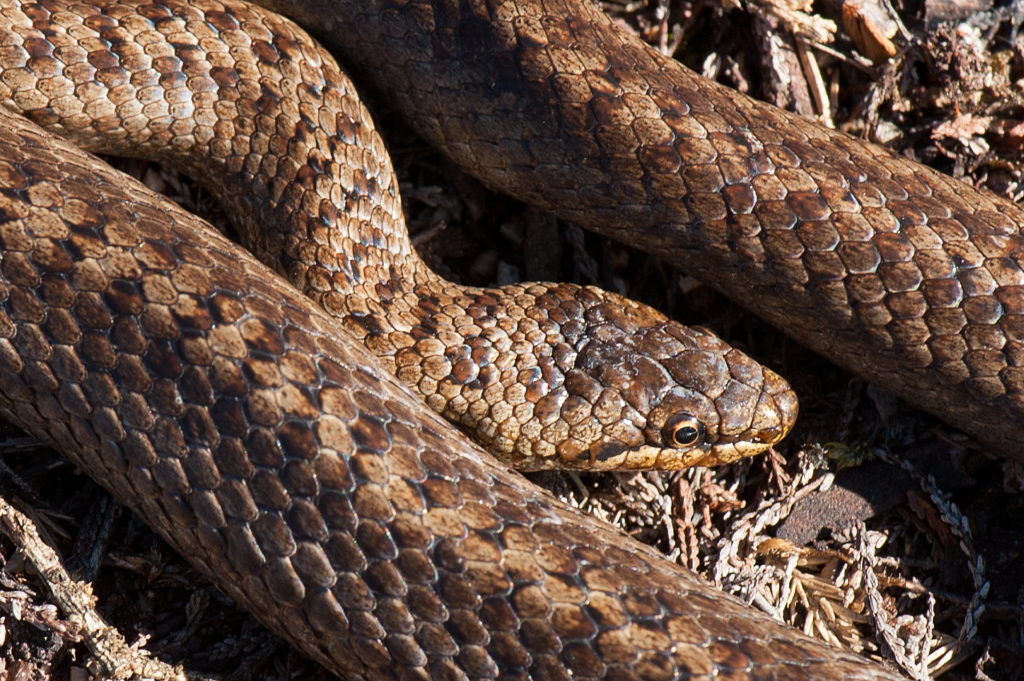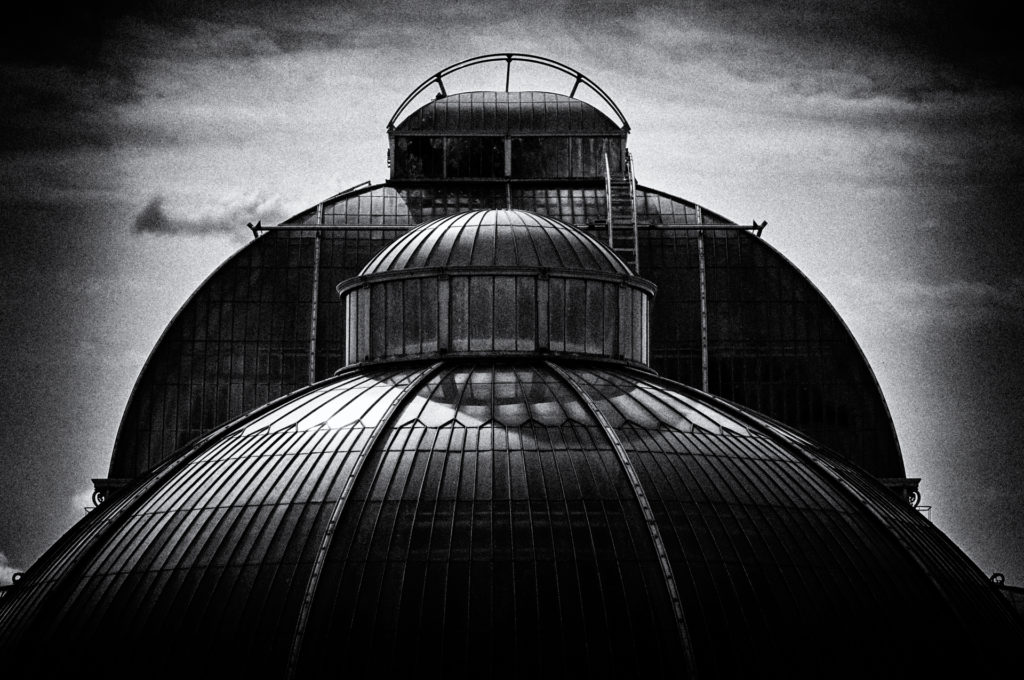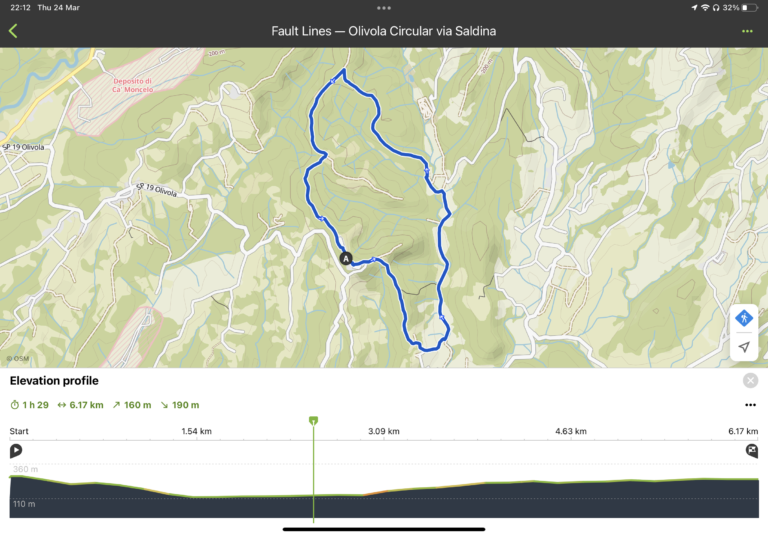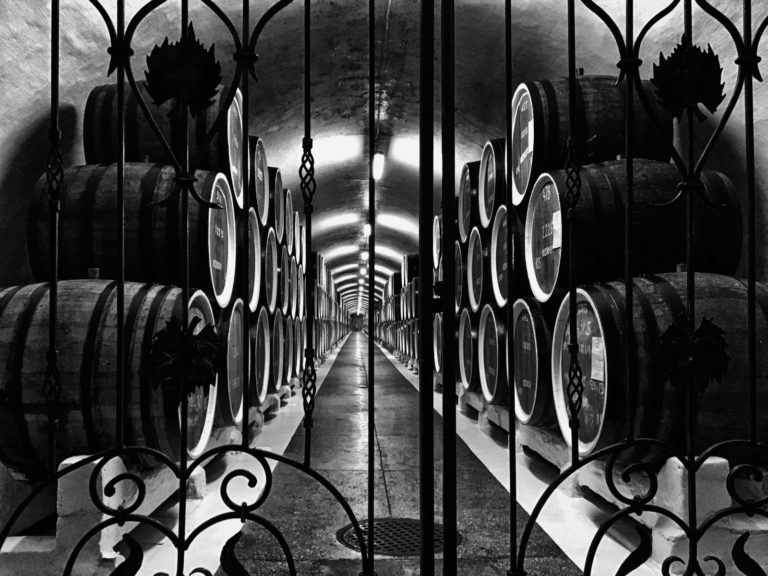Images of wild places, wild nature, and the wild side of life …
Nigel Fawcett, 2020
The first three articles on the angellightphoto blog crudely attempt to get to the heart of what my photography is all about. You will discover that my work revolves around three related keywords: landscape, wildness, and nature. In this, my second post, I will briefly explore the subject of wildness:
For me, the call of the wild has always been loud and I’ve never failed to answer it.
How I remember those childhood days when I’d be off exploring some newly discovered piece of wasteland in which to build a den and form a gang. We’d create maps of our kingdom and take a doomsday census of all the plants and animals (mostly creepy crawlies) that inhabited our territory. When I outgrew the gangs I turned my attention to exploring the innumerable levees and saltings of the east Essex estuaries. It was during those formative years that I formed an attachment to three particular words: wild, nature, and landscape. In this article, I am exploring what the word wild means to me.

Back then, wild, in the sense of wilderness, meant anywhere that I’d not yet explored, which, to be honest, was most of the world. And wild, in the sense of wildlife or wildflowers, meant anything that was neither domesticated nor cultivated. In other words, perhaps because my family was not well travelled, my sights on what constituted wild were not set very high. In my little world, wildness was everywhere around me. Looking back later in life, I felt this was a valuable lesson because it taught me that nature; the landscape; the environment, doesn’t need to be exotic to be wild (and therefore important). From that knowledge came a much deeper understanding. A sense of wildness is often far more about the environment in which nature and the landscape sits than it is about the object or place itself.

What I mean by this is that wildness emanates from the elements that envelop a place rather than from the actual subject. We can find as much that is wild in our own backyards as we can anywhere else. Of course, what we really want is for our images to pack a punch and, for that, we need them to be dramatic. The element of drama is added by such things as the weather, the texture of the rock, the time of day, the behaviour of whatever it is we have in our viewfinder, or, even, from somewhere within our own imagination.

Indeed, I would say that weather — bad weather — evokes more emotion in an image than almost anything else. In the blink of an eye, the raw power of weather at its fiercest makes wild places out of previously pastoral scenes. We human beings seem to be especially drawn towards images that contain an element of danger: vertiginous drops, storm force waves crashing over lighthouses, and frightening or venomous creatures, to name but a few.

But wild places exists amongst the grunge and grit of the streets, too. As with the natural world, it’s the wild side of town that delivers the greatest impact. Scenes that depict the harshness of life in the city tell a far more powerful story than a gentle park scene — though here, too, it only takes a small adjustment in how the shot is composed to shift it from passive to active.

In conclusion, a wet day in your own backyard is as likely, if not more likely, to deliver impactful photographs than anything taken after waiting for the sun to come out before going on a day trip.



